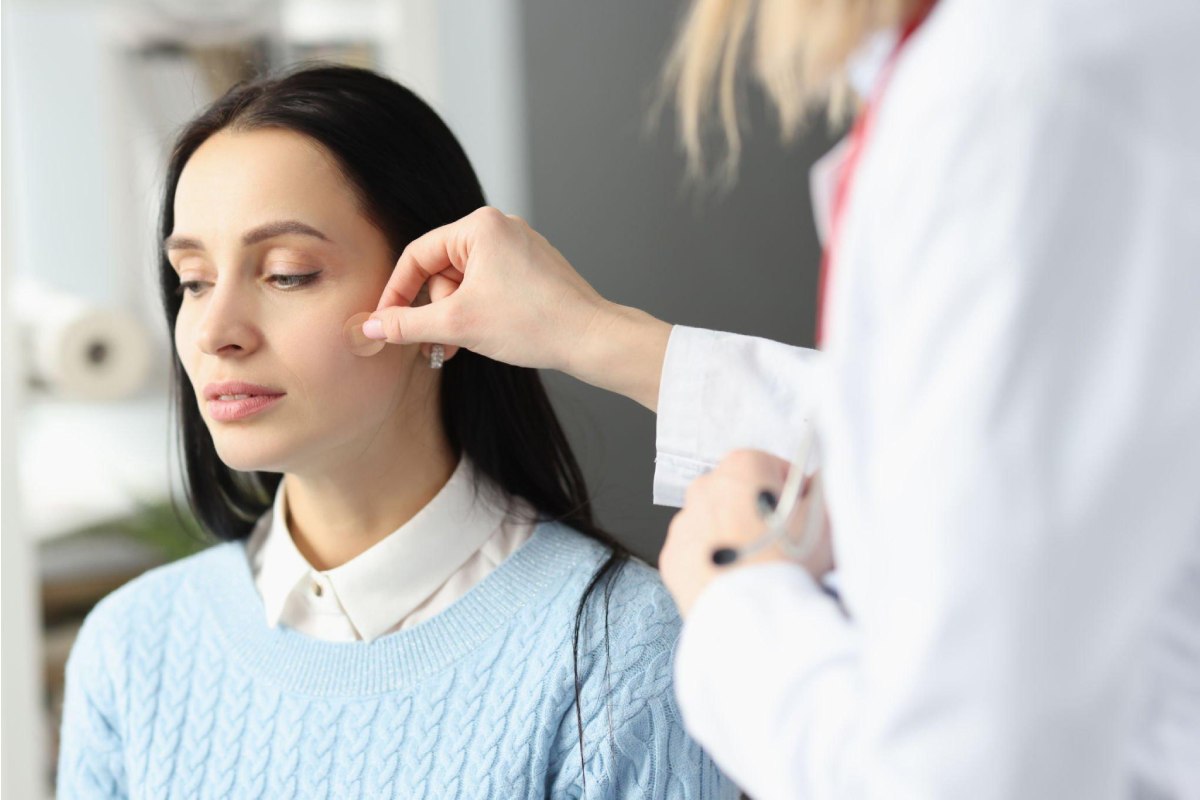Table of Contents
Introduction
Pimple patch are small sticker made with a little sticky wound-healing gel called hydrocolloid. It works by absorbing any drainage from the pimple. It prevents further suffering in the place and covers the wound, such as picking.
More significant types sell as blister bandages, but they’re all made to do the same thing to help your skin heal faster. Pimple patches do nothing for blackheads, deep cysts, or whiteheads that aren’t discharged. When it comes to pimples is something you’ve likely heard thousands of times; don’t pick or pop them. It is one of the essential rules of spots.
What is a Pimple Patch?
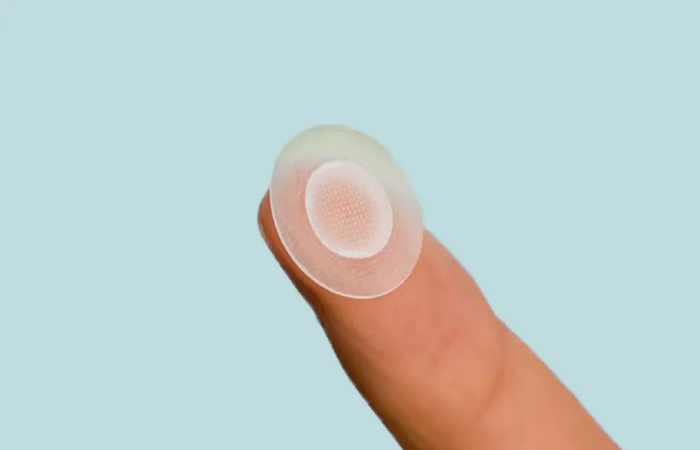
There are two types of pimple patches. Radiant stickers that are designed to pop on a blemish. Both styles are small the way they work is different.
- One form of pimple patches features a wound-healing gel called hydrocolloid. It is previously used as large patches for blisters or burns.
- The second form of pimple patches uses for exfoliating the skin. It is also used for AHAs and BHAs like salicylic acid to kill acne-causing bacteria within the follicle.
It is a pain-free acne sticker solution. Pimple patch design to help speed up the skin’s healing time and protects pimples from the elements. But, they aren’t helpful for more profound cystic types of acne. It is suitable for surface-level acne.
What Does a Pimple Patch Do?
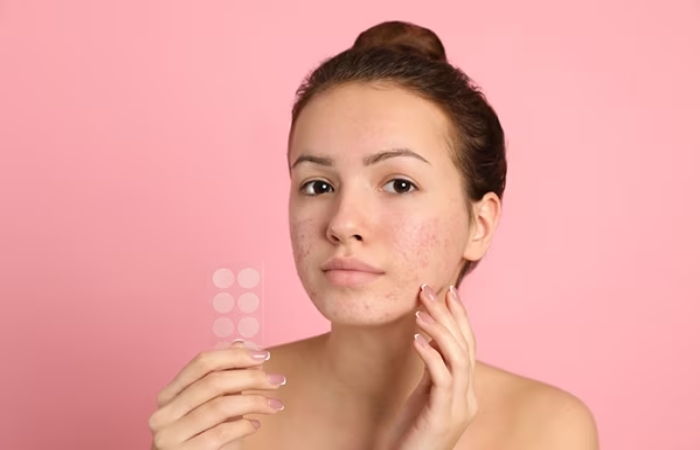
Pimple patches are a great way to boost and start the healing process of your acne. If you ever try to pick at a pimple and it’s been left discharged or bleeding, then pimple patches are best for you. If your breakout does not burst, a pimple patch can help stop you from picking.
As hydrocolloid patches are designed only to work on open cuts, they can still show effectiveness at drawing out dirt from pimples that aren’t open. A hydrocolloid pimple patches absorb excess fluid and oil from whiteheads and form a gel trapped in the bandage away from the skin, turning the patch white.
AHA and BHA-based pimple patches deliver active ingredients directly into the breakout to dry out excess oil and unclog pores by removing dead skin cells.
Acne-causing bacteria spread from one place to another are also reduced by these patches. If you habitually touch the pimple, this acne sticker also stops you from touching it, allowing it to heal without being tampered with. Once you remove the pimple patch, the pimple appears smaller and less swollen.
How to Use Pimple Patch?
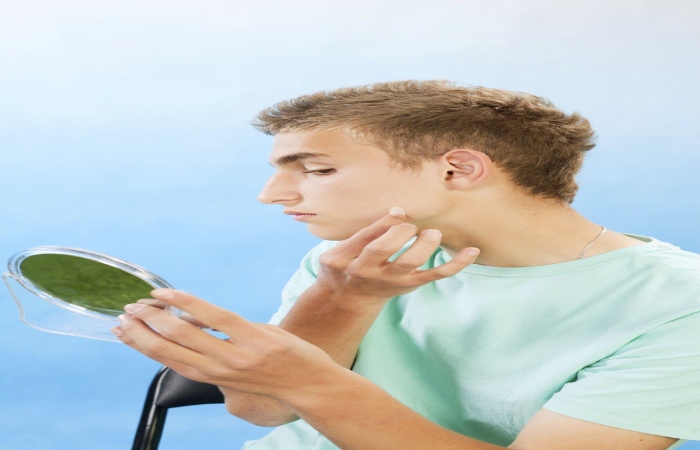
Some pimple patches need to be worn for a few hours to do their work. So it would be best to apply the patch before bed. Some patches are designed as typical enough to wear during the day by its need.
Whenever you apply a patch, keep in mind your skin is dehydrated, as the patches won’t stick as well to wet skin. Cleanse the spot before application if your freshly picked pimple leaks or discharges. Apply the pimple patch over your zit and leave it on for the recommended time. When you peel it off, your mark may be more minor and less irritated.
Pimple Patch Benefits
Pimple patch benefits as the acne become more slight and less inflamed. To get hydrocolloid benefits, it is good to continue trying pimple patches for 3 to 5 days. You can cut your patch according to the size of your pimple or zit. It is also essential to change the patch when needed.
You’ll see improvement in the bumpiness and inflammation of your skin when you peel them after a few days. Pimple patches are most beneficial for sensitive skin and slight acne patients, although those with oily, combination, regular, and even dry skin can use pimple patches.
Pimple Patch Before And After
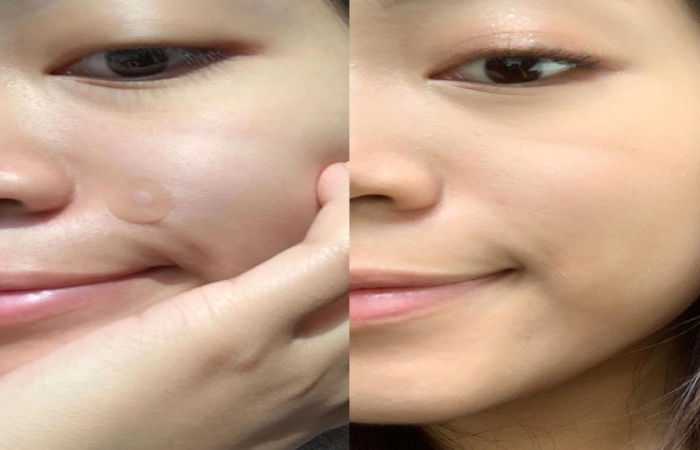
Are Pimple Patches Painful?
Pimple patches may not give exact results to everyone. Many people find these patches useless for their pimples and acne. People with delicate skin may experience more irritation and irritation after applying a pimple patch.
These patches have an adhesive that allows them to stick to your face. If you’re sensitive to glue, it can worsen the skin around your pimples. Many brands use tea tree oil or salicylic acid to dry out pimples, which may also dry or irritate sensitive skin. While their efficiency may differ depending on the person and the depth of the acne cut itself, it doesn’t hurt to try them.
What to do After Removing the Pimple Patch?
Once you have applied the acne patches for the suggested amount of time, remove the patches carefully with clean hands. Follow these steps after removing the pimple patch:
- Keep the patch on until it has turned cloudy.
- Wash your entire face and hands to keep away bacteria.
- Apply another patch if you see extra fluid.
- Exfoliate your face once you remove the patch.
- Apply a moisturizer to rehydrate your skin.
- Avoid makeup directly on that place.
- Keep your hands away from your face.
Conclusion
Pimple patches can be helpful for sure, minor skin troubles, but don’t expect them to be a cure-all for your skin problems. You can use acne patches as often as you like, and I recommend first testing the product on your inner forearm. Ensure you don’t react to an ingredient in the patch before leaving it on your face for a prolonged period.

